Blast from the Past: The NIAHD Program
On a sunny afternoon in Colonial Williamsburg, William & Mary students can be spotted all along Duke of Gloucester Street, Colonial Williamsburg’s main thoroughfare. Joggers run laps to and from the Capitol Building; study groups sip coffee at the W&M bookstore; and in the fall, everyone enjoys cider at the Raleigh Tavern Bakery. If you’re a student at W&M, you’re likely already familiar with some of the perks of living next door to the colonial capital. This semester, as a participant in the NIAHD program, I’ve had the opportunity to explore off the beaten path of DoG Street and to go behind-the-scenes of Colonial Williamsburg!
In 2001, William & Mary partnered with the Colonial Williamsburg Foundation to create the National Institute of American History and Democracy (NIAHD). The Collegiate branch of this program sponsors unique classes for William & Mary students on topics related to early American history, museum studies, public history, and material culture. Over the course of the program, students participate in a field school in archaeology, architectural history, or material culture. They also have the opportunity to intern in Colonial Williamsburg or at another history museum.
Initially, I came to college thinking that I wanted to be a teacher – an assumption that almost everyone makes about history majors – because I wasn’t sure what other options were available to me. I love history, and I enjoy sharing this passion with others; public education seemed like a logical avenue for my interests. However, during my sophomore year in college, I decided to apply to the NIAHD program. The program sparked my interest in public history and museum studies. Both fields would allow me to explore my interests in history and education, but outside of a traditional classroom setting.
This semester, I’m taking the NIAHD program’s core course: Public History. In this class, we analyze how historical institutions such as Colonial Williamsburg go about teaching history to the public. We study how the interpretation of history has changed over time and how these institutions try to make history meaningful to visitors. We also study how Colonial Williamsburg addresses difficult subjects like slavery, and we discuss different critiques of museums.
I’ve spent many afternoons in Colonial Williamsburg touring houses, visiting trade shops, and talking to costumed interpreters about their work. My favorite class visit was at the Robert Carter House, a site currently closed to the public. We were able to witness how architectural historians literally peel back layers of history through paint analysis, and we even went down into the basement to see the house’s original floor boards. (The history nerd in me had never been happier!) It was amazing to think about just how many different stories had unfolded within those four walls.
My history courses at William & Mary have taught me to ask “how?” and “why?” when studying the past rather than “when?” and “who?” History is so much more than the memorization of names and dates! A continuous and in-depth study of the past gives voices to the people whom the history books have too often silenced. These questions also allow us to draw parallels in the present, and they help us understand the complex web of events and ideas that led society to where we are now.
Comments are currently closed. Comments are closed on all posts older than one year, and for those in our archive.

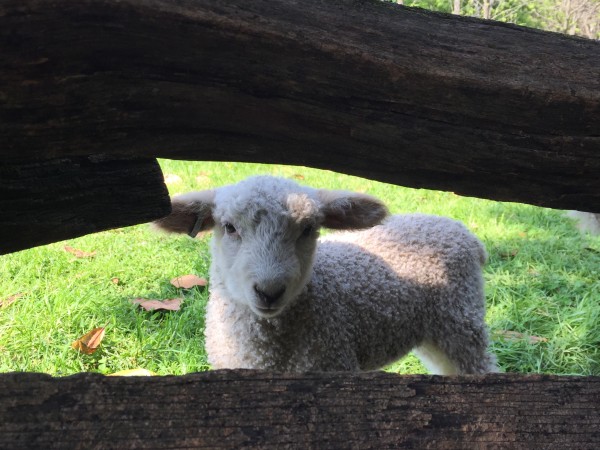
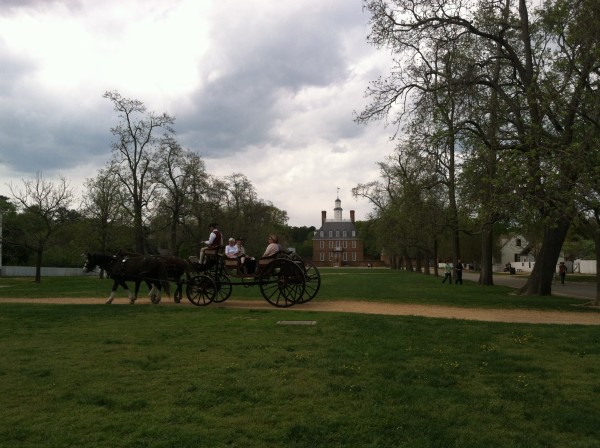
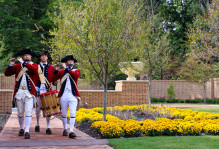
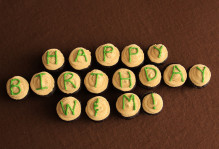
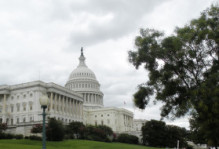
I didn’t know you were in the NIAHD program Ann! Public history is so fascinating, I love museums.